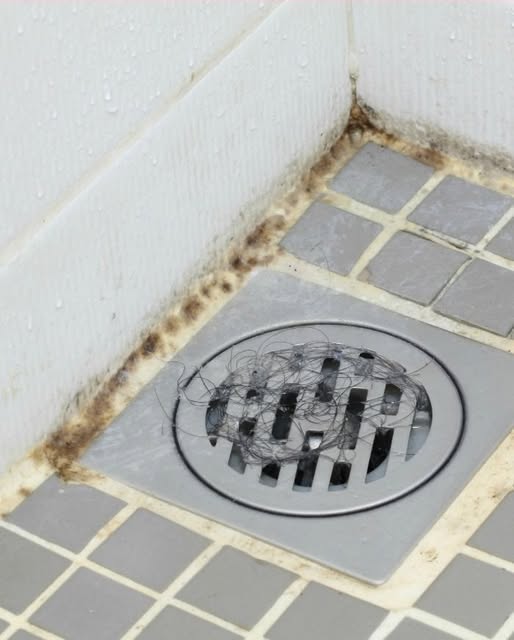Mold on caulk is a common issue in damp spaces like bathrooms and kitchens. Not only is it unsightly, but it can also pose health risks. Fortunately, removing mold from caulk doesn’t have to be daunting. With the right tools and a bit of elbow grease, you can restore your caulk to its original pristine condition. Here’s an in-depth guide to help you tackle the problem effectively.
What You’ll Need
- Hydrogen Peroxide or White Vinegar (natural mold fighters)
- Baking Soda (optional, for stubborn mold)
- Dish Soap
- An Old Toothbrush or Scrub Brush
- A Spray Bottle
- Paper Towels or a Clean Cloth
- Gloves (to protect your hands)
Step-by-Step Instructions
Step 1: Prepare the Area
Start by preparing your workspace to ensure the cleaning process is safe and effective:
- Ventilation: Open a window or turn on a fan to ventilate the room and reduce exposure to mold spores.
- Surface Cleaning: Wipe down the moldy area with a damp cloth to remove loose dirt, grime, or debris.
Step 2: Apply a Cleaning Solution
Choose between two effective cleaning agents:
Option 1: Hydrogen Peroxide
- Pour hydrogen peroxide into a spray bottle.
- Spray it generously onto the moldy caulk.
- Let it sit for 10–15 minutes to allow the solution to break down the mold.
Option 2: White Vinegar
- Pour undiluted white vinegar into a spray bottle.
- Spray it directly onto the moldy areas.
- Let it sit for 15–20 minutes for maximum effectiveness.
- For Stubborn Mold: Mix baking soda with water to create a thick paste. Apply this over the vinegar-treated caulk for extra scrubbing power.
Step 3: Scrub the Mold
After letting the cleaning solution sit:
- Use an old toothbrush or scrub brush to scrub the moldy areas.
- Pay special attention to the edges and corners where mold tends to accumulate.
- Apply more cleaning solution if necessary while scrubbing.
Step 4: Rinse and Dry
Once you’ve scrubbed thoroughly:
- Use a damp cloth or paper towels to wipe away the loosened mold and cleaning residue.
- Rinse the area with clean water.
- Dry the caulk completely with a clean towel to prevent future mold growth.
Preventing Mold from Returning
Keeping mold at bay requires proactive measures. Here’s how to maintain a mold-free environment:
1. Ensure Proper Ventilation
- Install a bathroom fan or open a window during and after showers to reduce moisture levels.
2. Dry Surfaces Regularly
- Use a squeegee or towel to dry shower walls, floors, and caulked areas after each use.
3. Use Mold-Resistant Caulk
- Replace old caulk with a mold-resistant variety, especially in areas prone to dampness.
4. Implement Regular Cleaning
- Spray a light mist of hydrogen peroxide or white vinegar onto the caulk weekly to prevent mold spores from taking hold.
- Wipe down surfaces frequently with a mild cleaning solution.
Additional Tips
- If the mold is deeply embedded or the caulk is old and crumbling, consider removing and replacing the caulk entirely.
- Avoid using bleach, as it may damage caulk and is less effective at penetrating porous surfaces compared to hydrogen peroxide or vinegar.
- Keep the bathroom door open after showers to improve airflow and decrease humidity levels.
Mold can be a persistent nuisance, but with these steps, you can reclaim your space and enjoy a clean, healthy home. Do you have any tried-and-true methods for removing mold? Share your tips and experiences in the comments below! 🌊✨
#CleaningTips #MoldRemoval #BathroomHacks #DIYCleaning #HomeCare
